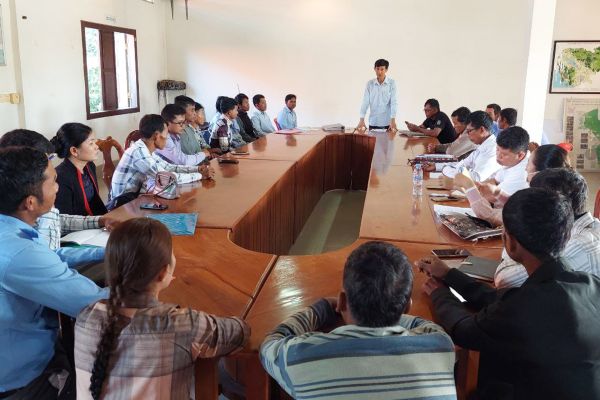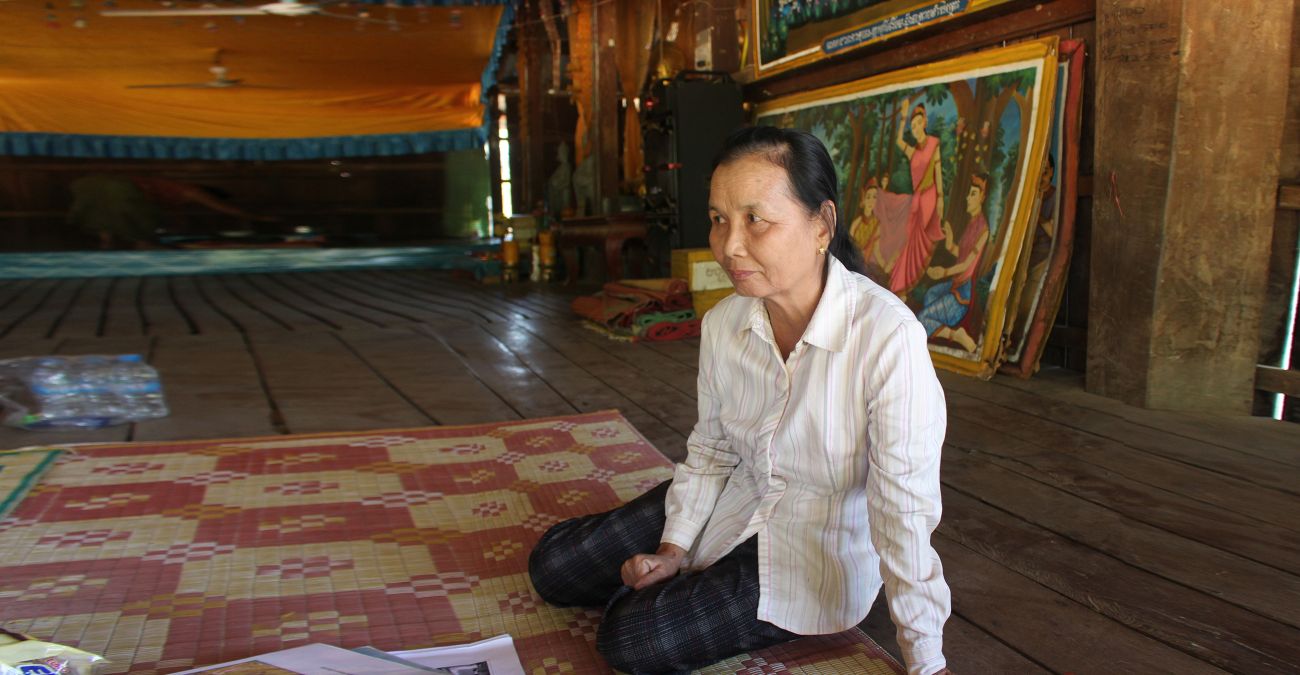
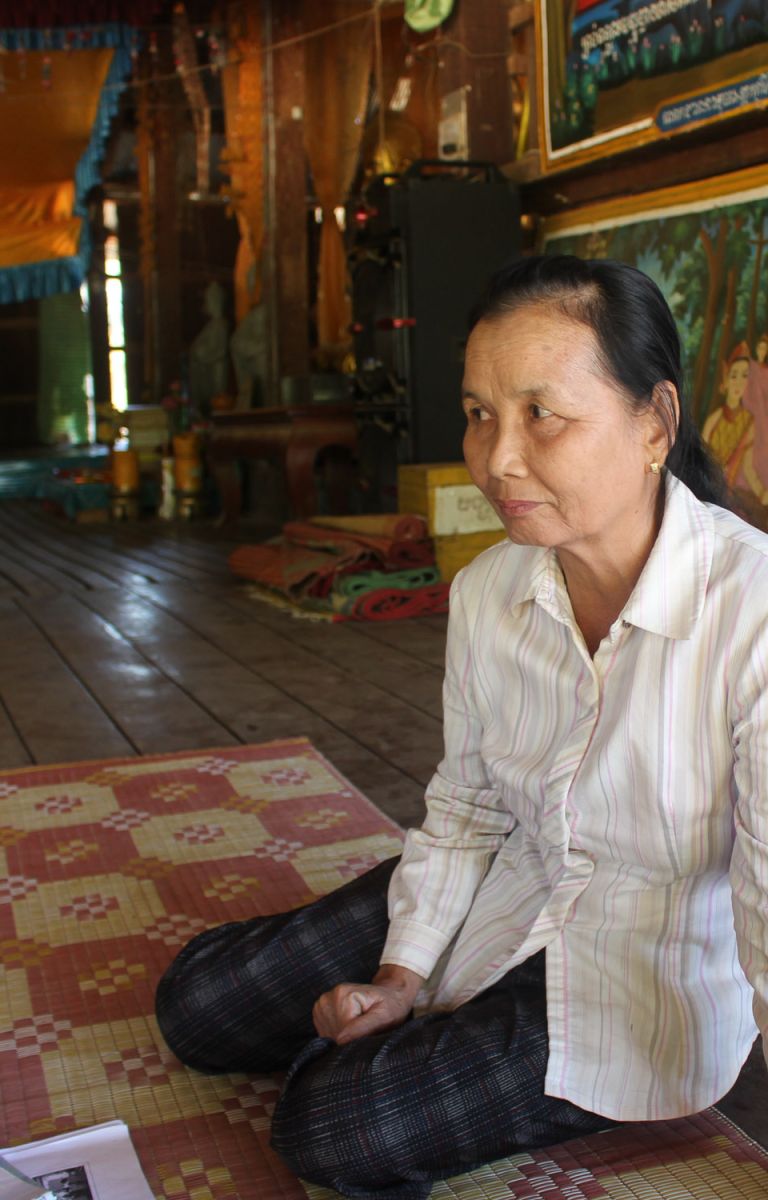
Women like Men Sokin used to be rare in Cambodia. Not because Sokin has been patrolling her village forest with a group of men since 2002. Nor because she stood up to illegal loggers while speaking softly. Sokin was rare because she saw the resources surrounding and coming into her village as belonging to all women and men equally.
From where Sokin stood, women belonged in managing communities and community forests and conserving those resources. However, women were few in forestry’s formal institutions and governance.
“Only about 20 percent of community forest committee members and upper tiers of the Forestry Administration are women,” says Tol Sokchea of RECOFTC Cambodia.
Sokin is now the deputy chief of Borei O’svay Community Forest in Stung Treng Province. For two years, she was part of a pioneering process for Cambodia’s Forestry Administration that is expected to result in more women in leadership roles.
“I expect to see twice as many women active in community forestry work through policy support and knowledge-sharing,” Sokin says of the gender mainstreaming strategy that the Forestry Administration launched during the last quarter of 2022.
The strategy gives institutional direction and allows more women to manage the country’s natural resources and forests.
By adopting the strategy, the Forestry Administration under the Ministry of Agriculture, Forestry and Fisheries sets gender equality as a foundation for its policy and programming. The strategy is considered well-grounded and realistic because it is the product of two years of training, workshops and consultations with many women and men from communities, civil society groups and the government.
A large part of that process delved into why women must be drawn into decision-making and how power dynamics disadvantage women. It then focused on how to strategically achieve a fairer playing field. It was a cooperative process between the Forestry Administration, its Gender Working Group and RECOFTC.

“If you were to list the activities required for managing a forest, there are so many that women can do,” says Vong Sopanha, a forester since the early 1990s. She is now the deputy director general at Cambodia’s Forestry Administration and chief of the Gender and Children Working Group. “Managing forests is not just about protection or cracking down on illegal logging,” Sopanha says. “But it encompasses other management activities such as restoration and the sustainable harvesting of non-timber forest products.”
In 2019, Sopanha became one of 30 gender leaders in the forestry sector across seven countries in a novel RECOFTC's initiative Weaving Leadership for Gender Equality (WAVES). WAVES set out to strengthen the aspirations of gender leaders through what has been a three-year coaching and mentoring journey.
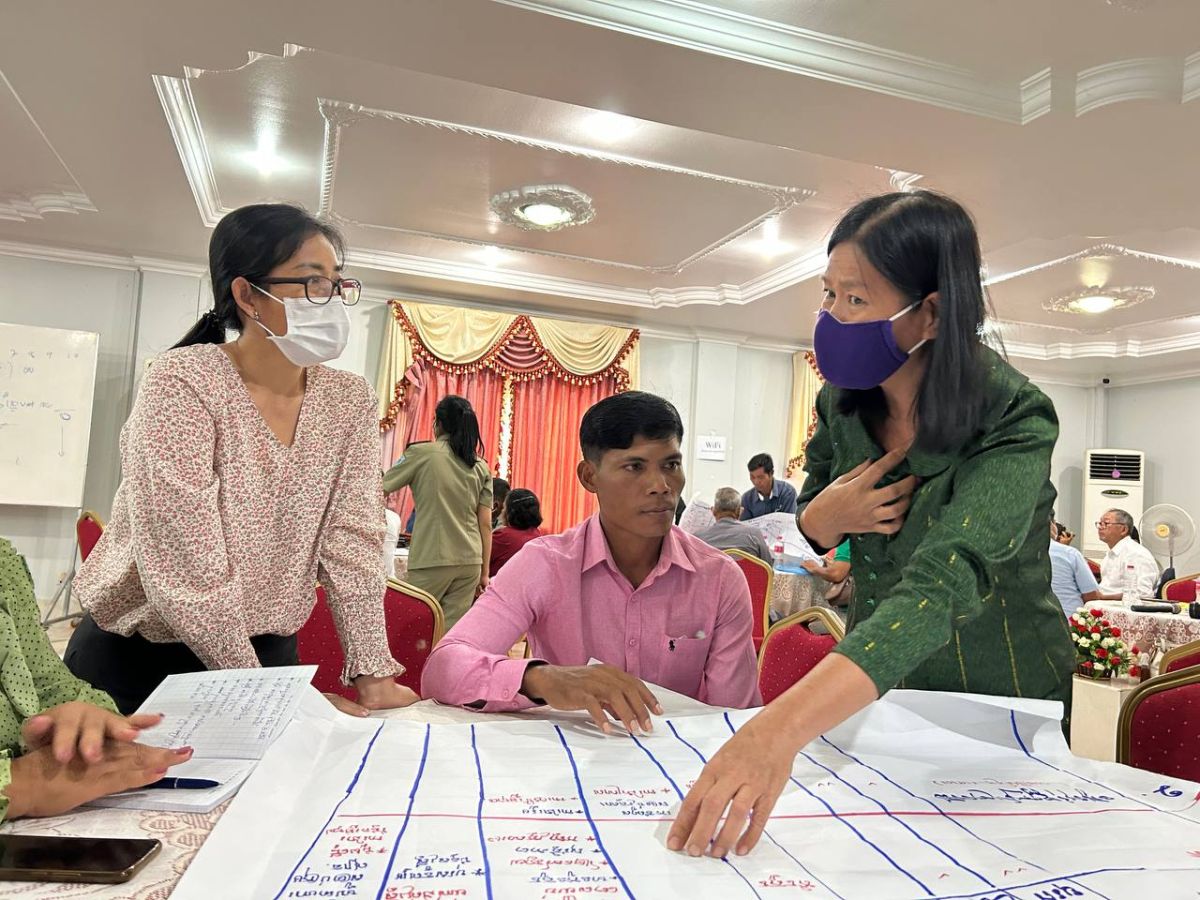
Sopanha set her sights on developing a gender mainstreaming strategy for the Forestry Administration. Now she sees the light at the end of the tunnel. Halfway into the strategy preparations, she told RECOFTC, “I am confident and can see the path more clearly with the five-year strategy for 2021–2025 in place.”
The strategy outlines requirements for including and promoting women in community forest committees and forestry administration. It also gives direction for overcoming two significant impediments to women’s inclusion: the gender confidence gap and men’s assumed conviction that forestry is exclusively men’s work.
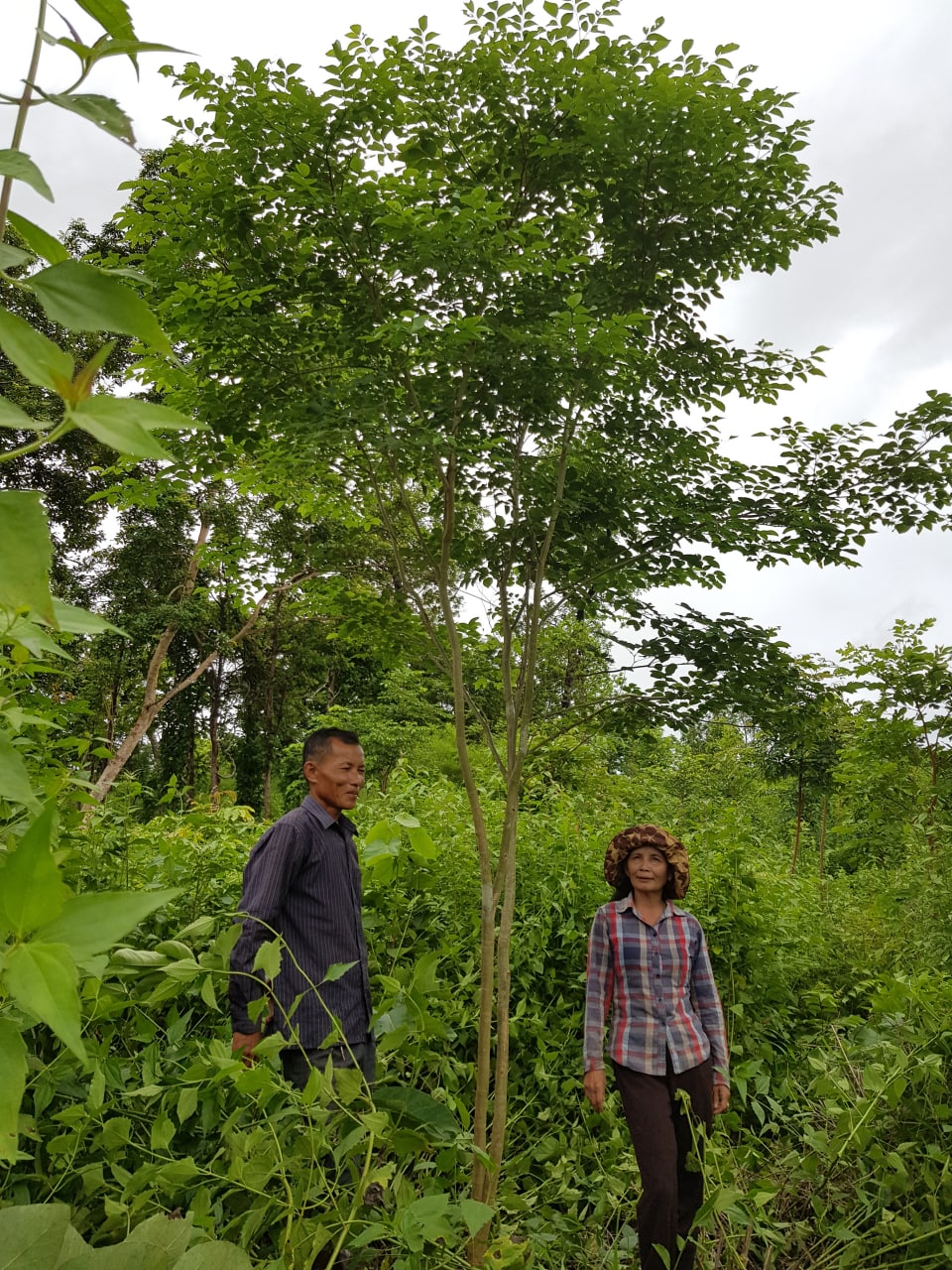
The process to arrive at the strategy began by convincing members of the Gender Working Group of the Forestry Administration that gender mainstreaming is as important a priority as reforestation and illegal logging. Training and workshops then helped build the awareness of individuals in the administration’s policy units, comprised of mostly men. They learned how gender equality relates to their core forestry tasks and how it helps advance the goals of their programs.
The strategy calls for more training to strengthen women’s confidence in contributing to the numerous management options, such as community forest credit schemes, indirect monitoring of illegal logging and policy-making. It requires wider capacity-strengthening for the Forestry Administration staff to build skill sets to include gender dimensions in forest extension and monitoring. It calls for the reform of gender-biased legislation and governance structures.
Civil society members in Cambodia are also confident that the new strategy will make a difference. “There is a clear vision, mission and objectives. It lists activities to respond to the gender gap in the forest sector to consider climate change,” says Som Sopheak, Director of Action for Development. “The way the strategy was developed is great because there were women representatives from communities, non-governmental organizations and the government who have experience working in the forest sector and on gender equality.”
The strategy is included in the government and development partners' Joint Monitoring Indicators for Cambodia, ensuring greater enforcement and accountability prospects.
Sokin also sees an easier path for women.
“I hope we will have more people supporting women and more training on gender. People around us, such as local authorities and men in the families, must understand the importance of gender equality,” says Sokin.
###
The Weaving Leadership for Gender Equality or WAVES initiative (2019-2022) enhanced leadership skills and supported the capacity of leaders to advocate for gender equality. RECOFTC implemented WAVES with support from the Swedish International Development Cooperation Agency (Sida). For more information visit the WAVES page.


